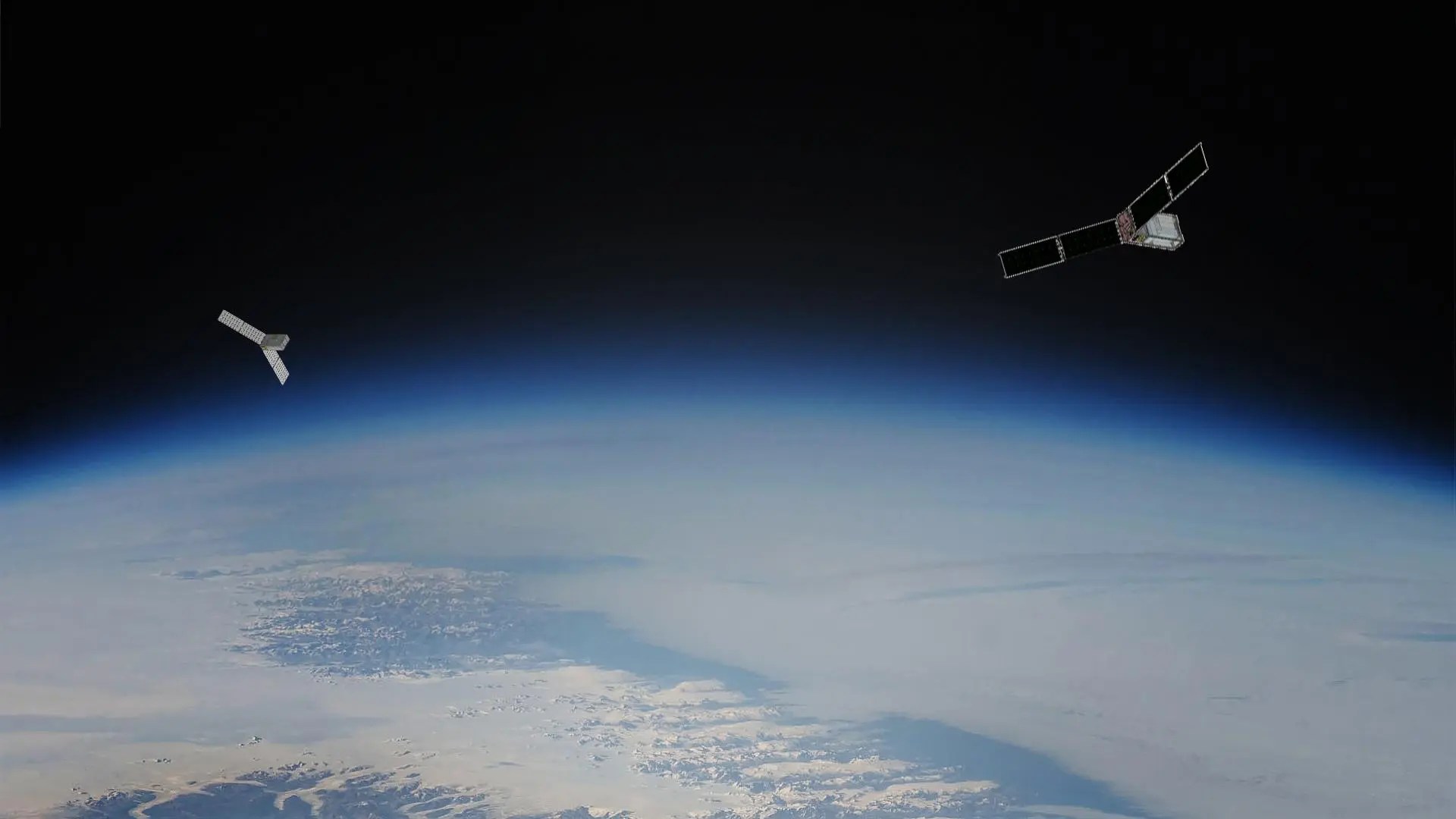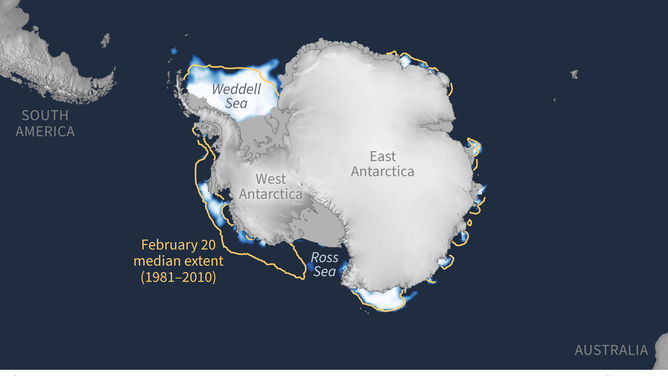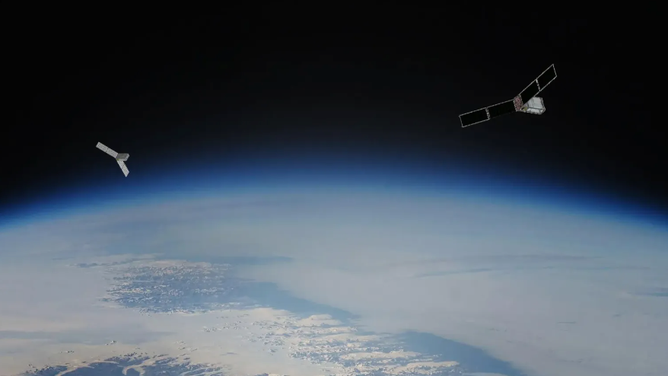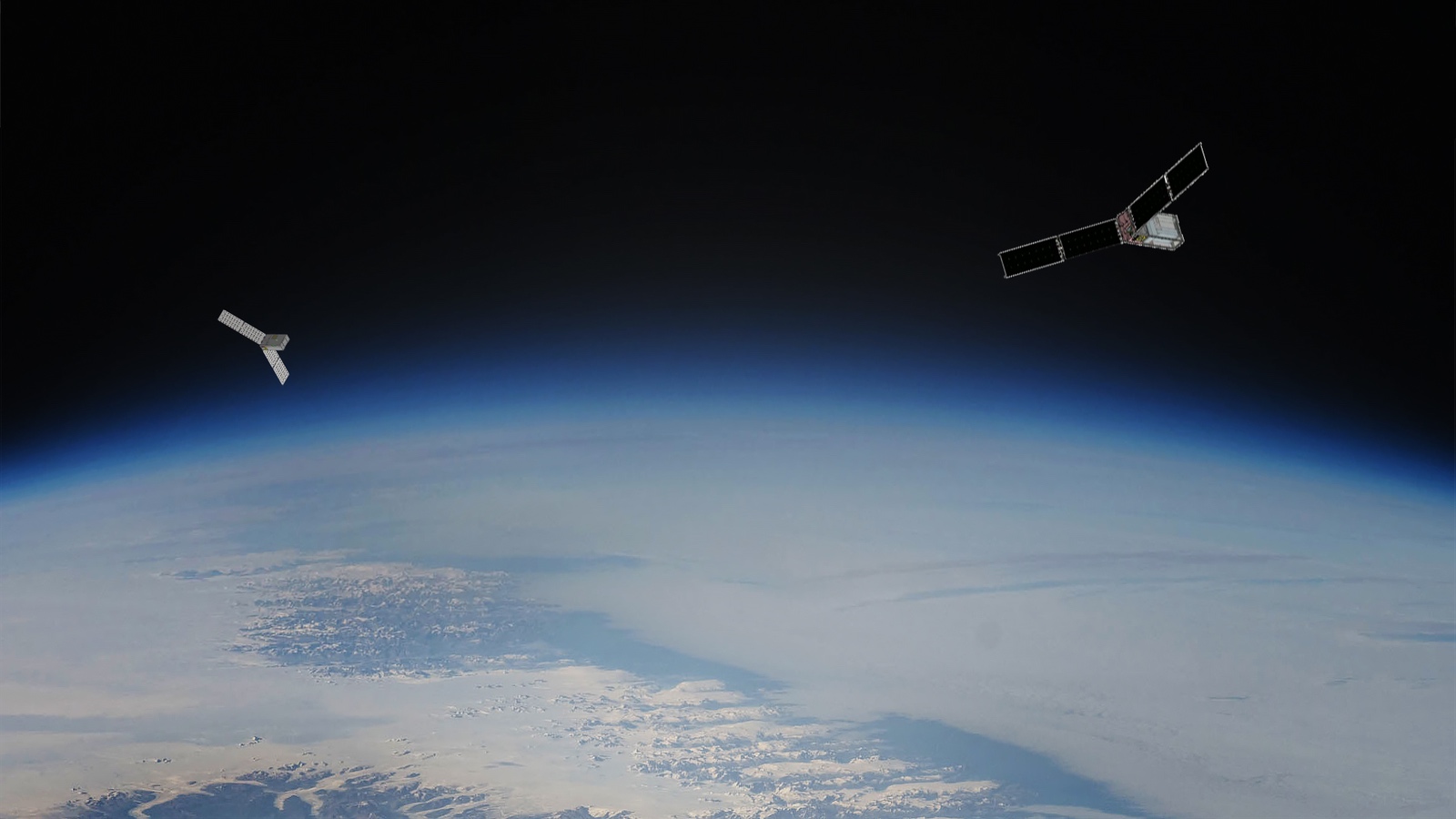
Tiernan P. Doyle
May 13, 2024
NASA is preparing to launch its latest climate science mission, the Polar Radiant Energy in the Far-InfraRed Experiment (PREFIRE), which aims to capture new data on how heat is lost from Earth's polar regions and provide valuable information on our changing climate.
The first of two shoebox-sized satellites, named 'Ready, Aim, PREFIRE,' is targeted for launch aboard a Rocket Lab Electron rocket no earlier than May 22 from Mahia, New Zealand. The second satellite will follow shortly after the first's launch.
PREFIRE consists of a pair of cubesats designed to measure far-infrared heat emissions at Earth's poles. This data is crucial for understanding how different processes affect heat loss and improving climate models that can help predict future changes in our climate system.
The mission will address the knowledge gap regarding far-infrared heat energy in polar regions, which makes up approximately 60% of the total heat energy emitted by Earth. This information is essential for understanding how Earth's atmosphere and ice influence the amount of heat being radiated out to space from Arctic and Antarctic regions.
The PREFIRE team, led by Principal Investigator Tristan L'Ecuyer at the University of Wisconsin-Madison, hopes to have publicly available data for climate researchers by this summer. This data will include cloud observations, ice sheet measurements, and Arctic moisture information.
NASA selected Rocket Lab through a task order on the VADR contract for dedicated launches of individual cubesats into specific orbits. The launch windows are as follows:
Ready, Aim, PREFIRE: May 22, 2024 (NET) PREFIRE and ICE: TBD
The successful launch and operation of the PREFIRE mission will provide valuable insights into Earth's polar regions and contribute to a better understanding of our changing climate.






